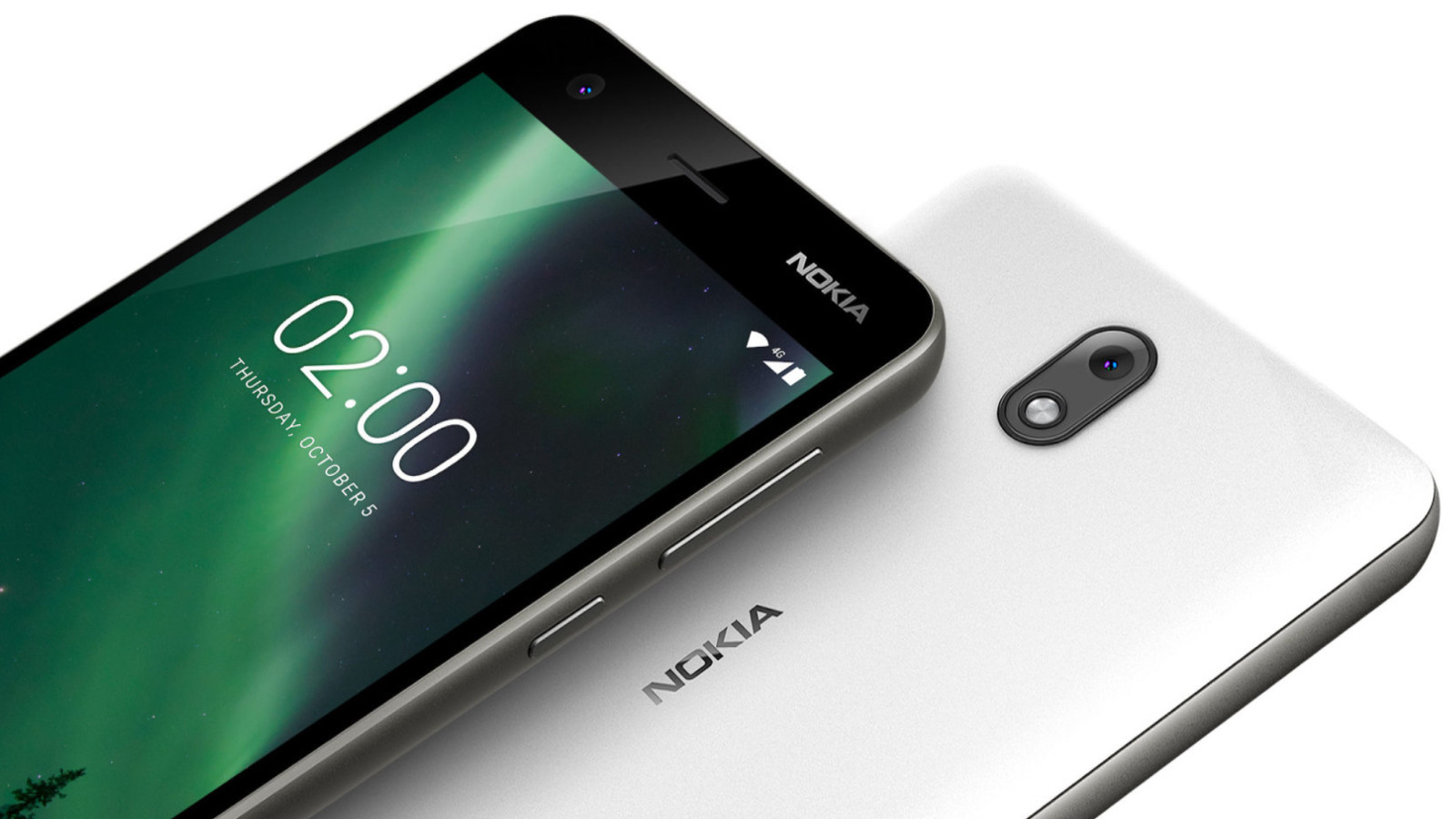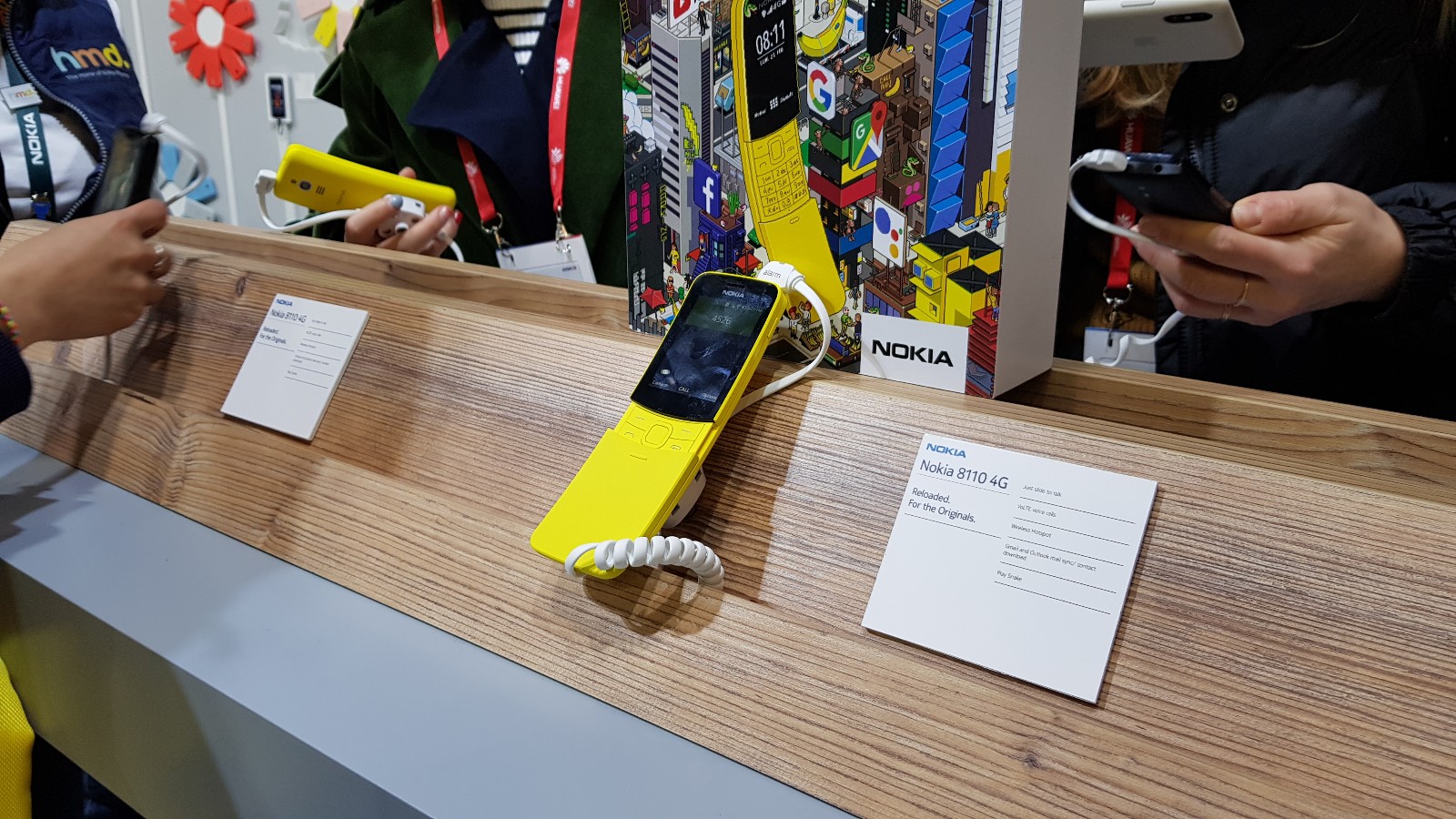OpenAI has launched GPT 5.2, a major model upgrade now available in both the API and ChatGPT. It is described as the company’s most…
Just another Android brand? 4 mistakes HMD/Nokia need to avoid

The first generation of Nokia-branded smartphones have enjoyed a great year by almost all accounts. The initial trio of Nokia 3, 5 and 6 made for some of the most capable yet affordable phones of 2017. And between the pure Android proposition and network partnerships, HMD certainly made all the right decisions.
The new range of Nokia devices, announced at MWC, point to a continuation of these tenets. But there are several moves the company needs to avoid if it hopes to stay around for a while…
Increasing prices too soon
Above: The Nokia 2
It’s become an accepted tactic for new or returning entrants to initially come in low, then gradually up their prices. Take a look at OnePlus or Huawei for proof of this. The Nokia 8 came in comparatively cheap compared to more established high-end devices, but the Nokia 8 Sirocco will be “slightly” more expensive, we were told.
It takes time to build brand recognition, quality and loyalty to the point that you can charge the same price as Huawei, Samsung and Apple. HMD will want to be careful not to crank up the pricing too soon, running the risk of driving consumers away.
This will also be key for their budget devices, as consumers in this bracket are more sensitive to price than loyalty. HMD’s budget smartphones have all been tremendous value for money, duking it out with Xiaomi and Huawei’s mid-range offerings. But the temptation to increase profit margins will need to be weighed up against the horde of Chinese manufacturers willing to come in razor thin.
Failed promises of updates
Look no further than the likes of the Moto brand for failed commitments to updates. Upon its acquisition by Google, the Moto phones became the unofficial Nexus division for a while, churning out pure Android phones at a great price.
The firm marketed its devices with a promise of updates, but earned the ire of Moto E 2015 owners when it killed support after less than a year (before quickly backtracking in some markets and releasing the update). In fact, ComputerWorld recently gave the company bad ratings for speed of updates to previous flagships and communication of new updates.
Read more: Android Oreo – has your phone received it?
Lenovo/Moto isn’t the only guilty party here, as OnePlus backtracked on its promise to bring Nougat to the OnePlus 2. This didn’t endear the firm to the very enthusiasts who had helped OnePlus achieve prominence in the first place.
HMD is off to a good start thus far, launching Android Oreo on a range of devices and promising two years of updates from the time the phones are released. It bodes well for Android P then. But the company can’t risk backtracking on this promise for any of its devices. Fortunately, HMD has announced that it’s joining the Android One programme for future releases, perhaps pointing to more than a mere promise of updates.
Relying too heavily on nostalgia devices
The Nokia 3310 2017 reboot made the mainstream press in a big way, as HMD relied on nostalgia to drive headlines. Of course, the phone ended up being over-priced — you could get a smartphone for the price of this feature-phone.
HMD’s new 8110 looks set to be a bigger step up than the 3310, offering a smarter OS (derived from FirefoxOS) but still no WhatsApp just yet. Of course, HMD is framing their rebooted phones as “social media detox” phones or backup devices. But the reality is that, at the 79 euro price, you could get two backup feature-phones or a basic smartphone running Android.
Read more: After 3310, 3 whacky Nokia models HMD could resurrect
The Finnish company has a large library of classic Nokia patents, including the lipstick phone and NGage, so we aren’t expecting the retro reboots to stop just yet. But let’s not pretend they’re anything but ultra niche devices at worst and second fiddle to low-end Nokia smartphones at best.
Failure to deliver on the camera front
The Nokia brand is synonymous with photography excellence, as the company’s Symbian and Windows Phone devices all packed some cutting-edge camera chops. HMD’s first flagship, the Nokia 8, was somewhat disappointing in this department though, we found. Photography is one of the core tenets of Nokia, so HMD can’t afford to ignore it.
Thankfully, the firm has taken steps to improve, starting with the launch of the Pro Camera mode in all Zeiss-equipped phones. We’ve also heard those rumours of a flagship with rotating lenses, which would be typical Nokia (in the best kind of way) if true. Then there are the existing features like 360 degree audio recording, which helps the firm stand out.
But right now, HMD is still behind the likes of Apple, Huawei and Samsung when it comes to flagship photography excellence. Here’s hoping some of the legacy imaging team is still around to innovate.



